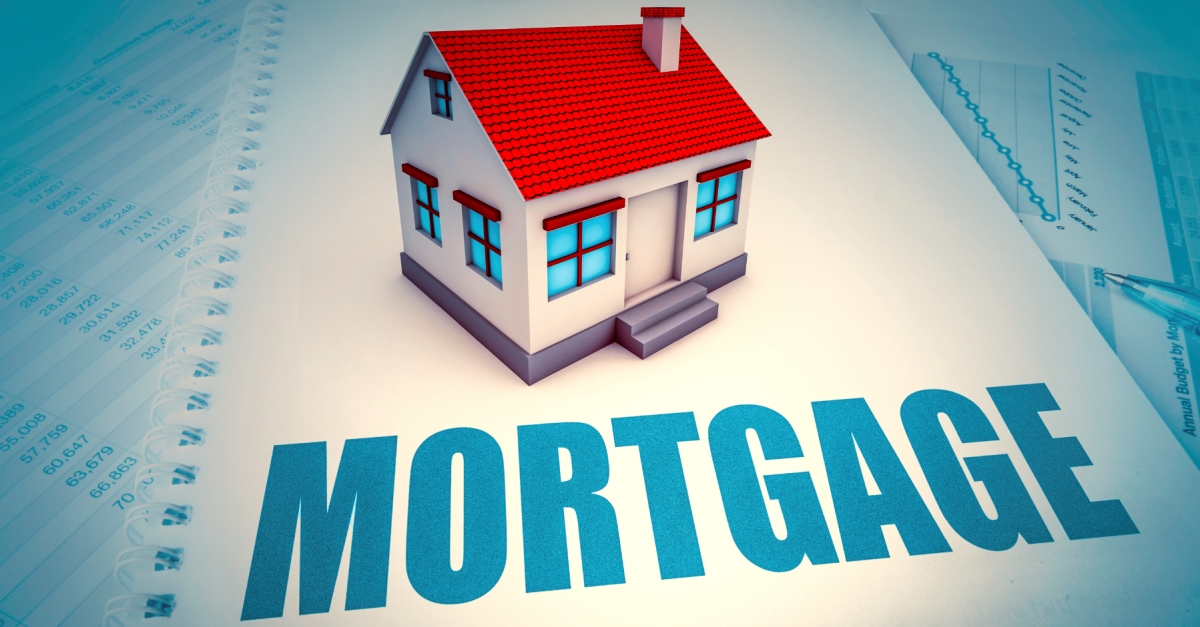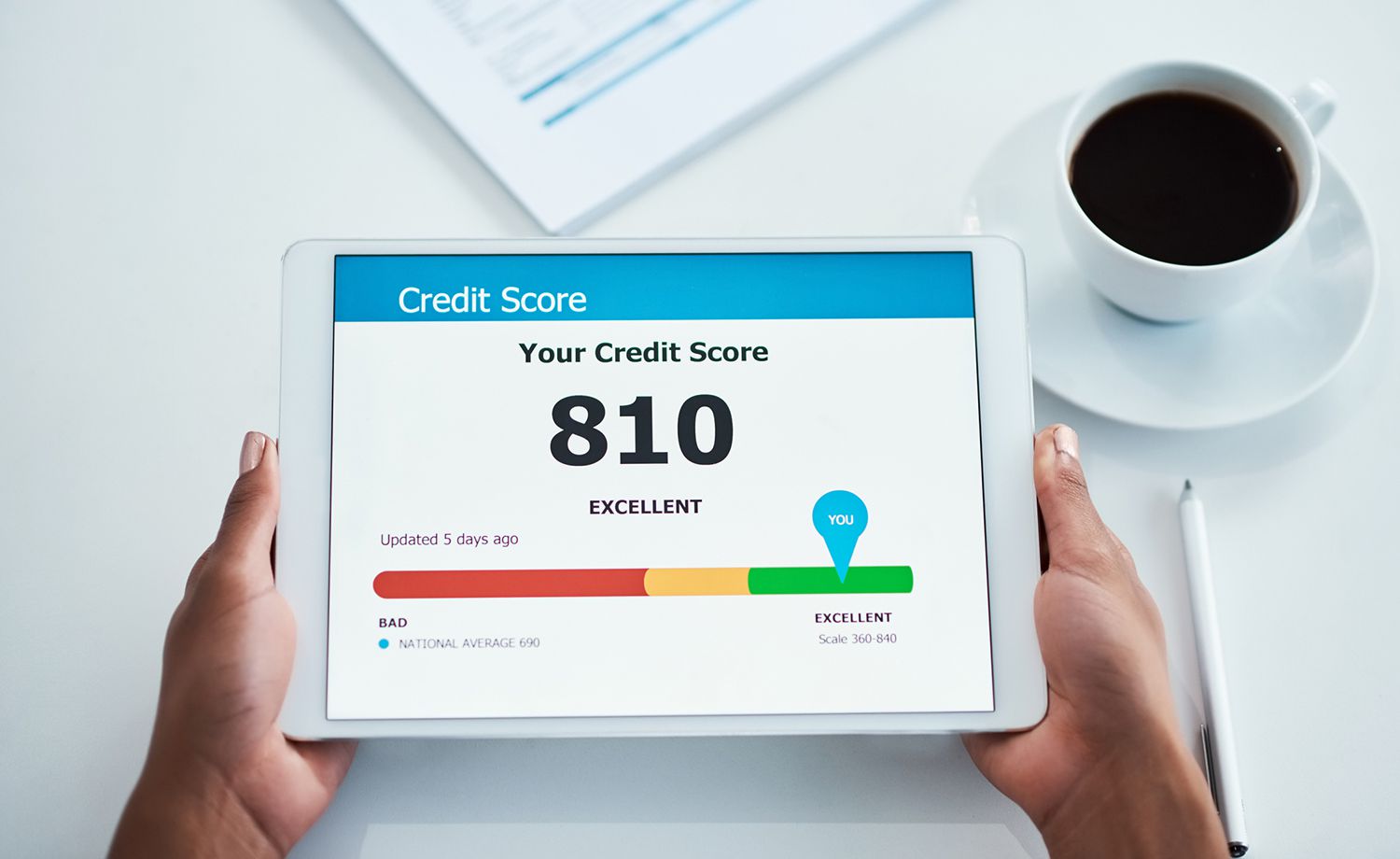Are you searching for instructions on how to apply for a mortgage abroad? Then Kisstech is the best place to get all the first-class information on personal loans and ways to get them without visiting the bank branch.
Kisstech provides five step-by-step instructions on the mortgage application process, explaining what you need to do and what the lender does.
When you’ve made up your mind to buy a home,. Therefore, you will need a mortgage. Just take a breath, because it’s not every day you will apply for a loan with that many zeros.
Preparation is key, because after your purchase offer is accepted, the clock is ticking. Closing a mortgage transaction takes about 43 days on average, according to data provider ICE Mortgage Technology, though some loan types may take a bit longer. By familiarizing yourself with the mortgage application process, you will be better prepared to hit the ground running.
What do I do before applying for a mortgage?
Reviewing your credit report.
It allows you to get access to free reports from the top three credit reporting bureaus, Experian, Equifax, and TransUnion, at AnnualCreditReport.com. You may want to check the report for errors and disputes, and any error that appears wrong could be holding your score back.
You may also want to know if your credit score will likely be accepted by the lenders. The most desirable scores range from 720 to 850 and are considered “excellent.” Also note that, scores in the 690-719 range are “good,” 630-689 range are “fair” scores. but scores in the 300–629 range are “bad.” The higher your score, the more likely it is that you will be approved for a mortgage and receive more favorable rate offers.
Explore different types of mortgages.
Taking into account your needs as a borrower will help you narrow your search and find the type of mortgage that is right for you. For example, if you need a mortgage with flexible credit score requirements and a low minimum down payment, you might consider a loan backed by the Federal Housing Administration. If you know that you are only planning to be in the home for a few years, you might be interested in taking advantage of the lower introductory rate that comes with an adjustable-rate mortgage.
Research and compare lenders.
Comparing offers and locating the best rate will be possible if you shop around and apply with several lenders. The Kisstech roundup of the best mortgage lenders can be a great place to start your search.
You May Also Read: How To Obtain A Federal Mortgage Loan In Nigeria
Assemble your loan paperwork. This includes:
- Personal information, like your Social Security number and ID,
- Income verification, such as W-2s and pay stubs (or tax returns, if you’re self-employed),.
- Federal tax returns.
- Bank statements.
- Proof of other debts and assets.
Get preapproved to borrow at a given loan amount.
This is the first application that you will fill out before you start searching for homes. Lenders will have to review your personal information, e.g., your credit report, income documentation, and assets, to check how much you may be eligible to borrow.
The lender will provide you with a letter detailing these results. When the time comes to make an offer on a house, this letter can help increase your chances of getting the seller to accept your offer because it demonstrates your ability to obtain financing.
Work with a real estate agent and find your home.
Getting referrals and doing online searches can be great ways to find real estate agents in the area where you’re planning to move. Interviewing several agents will help you pick one with whom you are comfortable, particularly if you have particular requirements.
For example, when you are getting a Federal Housing Administration loan or a loan supported by the Department of Veterans Affairs, the home has to meet some requirements at the evaluation. You might be directed toward residences that satisfy these requirements by an experienced realtor.
5 steps to applying for a mortgage
After doing your homework on lenders, obtaining a preapproval, and locating a property you want to purchase, it is time to submit an official mortgage application. The entire process, from application to closing, may take two weeks to two months
1. Fill out a mortgage application
If you’ve already gone through the preapproval process, you’ll use similar documentation to fill out an application. Like with preapproval, applying with multiple lenders will give you a range of rates and terms to choose from. As long as all of your applications are submitted within a 45-day window, they’ll count as only one hard credit inquiry, meaning that your credit score won’t be affected by applying with three or four lenders any more than it would be affected by one application.
A lot of lenders have application portals on their websites; this portal allows you to apply entirely online. Depending on your preferred lender, you can also apply in person at a branch location or over the phone if you would prefer to speak with someone about the process. Although it is not required by lenders, it is a good idea to order a home inspection right away to determine the condition of the property. This will give you a better idea of what is going on, and if something is found to be seriously wrong, you may even decide to withdraw your offer. The cost of the inspection will be between $300 and $500.
By law, a loan estimate document, which includes a complete disclosure of the offered loan amount, type, interest rate, and all expected costs of the mortgage, including property taxes, closing costs, and mortgage and hazard insurance, will be sent to you by the lender three business days after they receive your application.
- Review your Loan Estimates
Finding options through multiple lender applications has given you more options. Use your loan estimate forms to compare terms and costs. The interest rate expiration date is located in the upper right corner of the first page; find out if it is “locked” or subject to change. You should lock in your rate as soon as possible, because it needs to be done before closing. This will guarantee that there are no surprises and that you will know exactly what you are paying on the first bill.
You’ll also see a section detailing estimated closing costs. Ask the lender to explain anything you don’t understand.
The third page of the loan estimate includes a “Comparisons” section, which includes key information that you can use to compare offers:
- Total cost in five years. This is all the charges, including interest, principal, and mortgage insurance, that you will incur within the mortgage’s first five years.
- Principal paid in five years. This is the amount of principal you will have paid off in the first five years.
- APR, also known as the annual percentage rate,. This figure accounts for your interest rate plus any fees or points. Usually, the APR is higher than your rate.
- Percent paid in interest. This is not the same as the interest rate; instead, it shows the amount of interest that was applied to the loan’s final balance. Once you have compared your loan estimates, decide which one best suits your needs, and get in touch with the lender to let them know you are ready to proceed. They might request more paperwork, so be sure to get homeowners insurance as well, as you will need it before you can get final approval.
3. Loan processing takes over
This stage involves reviewing the accuracy of your mortgage application, and every statement you make goes under the microscope. Your lender will order an appraisal of the property to ensure that its value matches the purchase price. Brace for questions and document requests, and respond promptly to keep everything moving forward.
You’ll want to avoid any moves that could disrupt your credit, as this could jeopardize your mortgage approval. Don’t open any new lines of credit or make any major charges, and pay all of your bills on time.
4. The underwriter makes a decision based on your documentation
The underwriter will use the information that the lender has now validated in your application to assess the risk of lending you money on this property.
- What’s your loan-to-value ratio (the mortgage amount relative to the value of the home)?
- Do you have the cash flow to make the monthly payments?
- What’s your history of making payments on time?
- Is the home valued correctly, the condition good, and the title clear?
- Do you have a spotty employment history?
- If the underwriter does not have enough information to make a decision on the loan, you may have to provide further documentation.
5. Your loan is cleared to close
The lender must take action in this final step before you can proceed. Hopefully, you will receive the good news that you are cleared to close from the lender before your scheduled closing date. Three business days prior to your scheduled closing date, the lender is required to send you another federally required form, the Closing Disclosure, which details the complete and final costs of your mortgage.
Closing costs are normally between 2% and 6% of your loan amount; you can estimate this amount using NerdWallet’s closing cost calculator. If you have chosen to pay closing costs all at once, this is when you will arrange to do so via wire or cashier’s check. If you have not locked in your rate yet, you will want to do it now. Finally, compare the closing disclosure with your loan estimate to see if any of the quoted fees or numbers have changed. If they have, ask the lender for clarification.





